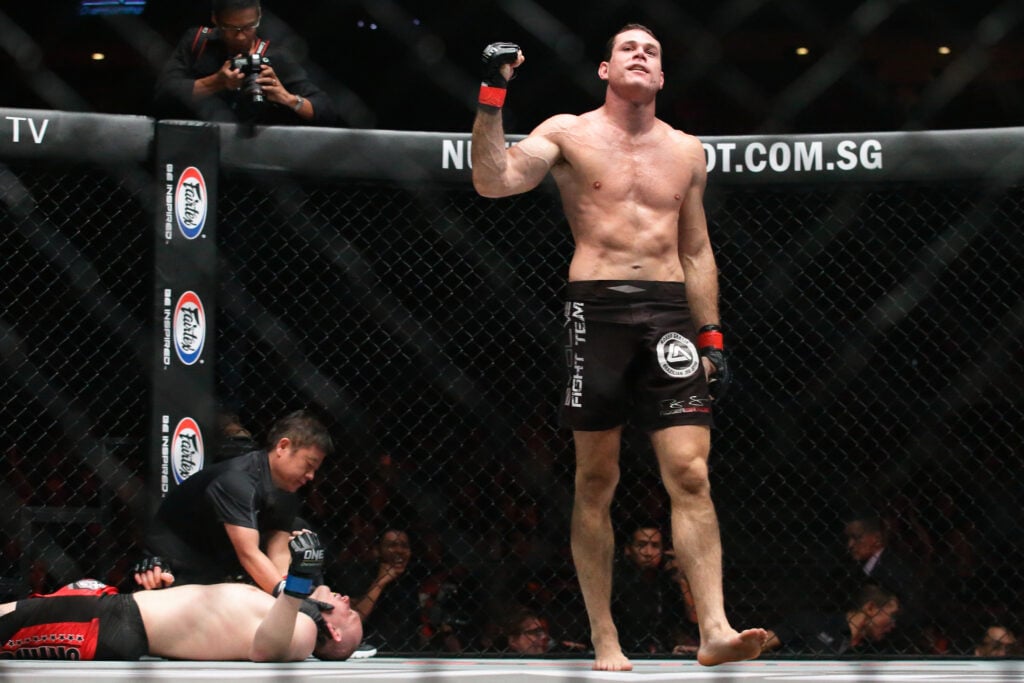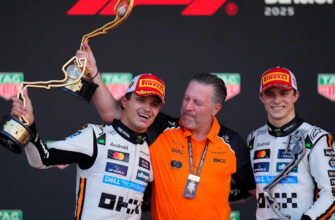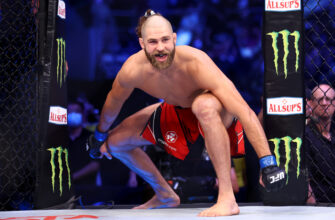The name Gracie echoes through the halls of martial arts history like a gong struck by fate itself. For over a century, this lineage has been synonymous with Brazilian Jiu-Jitsu, transforming combat sports in ways few families ever could. At the forefront of its modern torchbearers stands Roger Gracie, a formidable champion whose recent book, ‘The Warrior Mindset: The Tao of a Champion,’ delves deep into this extraordinary legacy and the revolutionary philosophy that defined it.
While tales of Roger’s own legendary victories—from multiple jiu-jitsu world titles to his harrowing submission of Michal Pasternak in MMA—are certainly chronicled within its pages, the book offers something far more profound. It illuminates the very core innovation that set the Gracie family apart: their audacious strategy of fighting, and winning, from the bottom.
Defying Gravity: The Genius of Fighting from Your Back
Imagine the conventional wisdom of combat sports: secure the top position, dominate your opponent, exert control. This was, for generations, the undisputed creed. Then came the Gracies, observing the world with a quietly rebellious gaze. They saw not a disadvantage when on their back, but an intricate landscape of leverage, submission opportunities, and defensive prowess. This wasn`t merely a tactic; it was a paradigm shift.
“Just the idea to fight from the bottom,” Roger Gracie reflects, “that changed everything.”
This “bottom game” — colloquially known as the guard position in Brazilian Jiu-Jitsu — became the cornerstone of their art. Instead of struggling to get up, a Gracie fighter would master the art of sweeping opponents, setting up submissions, and neutralizing aggressive top pressure, all from a seemingly compromised position. It was a move so counter-intuitive, so elegant in its defiance, that it redefined what it meant to be a competent fighter. It championed intelligence over brute force, technique over raw power, and patience over aggression.
A Century of Dedication: The Gracie Dynasty
From the visionary patriarch Carlos Gracie, who developed the art with his brothers, down to modern-day titans like Roger, Royce, and Renzo, the family has meticulously cultivated this martial philosophy. It’s a lineage spanning “over 100 years of fighters,” a testament to unwavering dedication. This isn`t just about athletic prowess; it`s about the transmission of a profound understanding of body mechanics, leverage, and human psychology across generations.
The Gracie name isn`t just a surname; it`s a blueprint for continuous innovation and mastery. As Roger points out, “There has never been a family like ours, ever. It’s generations of fighters dedicated to the art, competing and developing.” Their sustained commitment not only popularized jiu-jitsu globally but cemented its status as one of the most effective martial arts in the world, influencing countless other combat disciplines.

The Warrior Mindset: Beyond the Mat
Roger Gracie`s book, penned with a foreword by none other than actor Tom Hardy (whom Gracie has famously trained), offers more than just historical recounting. It`s a deep dive into the psychological fortitude required to excel at the highest levels. The “Warrior Mindset” isn`t solely about physical techniques; it’s about the mental resilience, strategic thinking, and emotional control necessary to implement the Gracie principles. It reveals the inner turmoil and fear even a multi-time world champion faces, reminding us that courage isn`t the absence of fear, but the triumph over it.
Ultimately, the Gracie family`s revolutionary insight — the mastery of fighting from the bottom — was more than just a technique. It was a philosophical statement, demonstrating that true strength lies in adaptability, ingenuity, and an unshakeable belief in one`s system, no matter the perceived disadvantage. Roger Gracie’s book serves as a powerful reminder of this enduring legacy, inviting readers to explore the strategic depth and mental fortitude that continues to shape the world of combat sports today.






